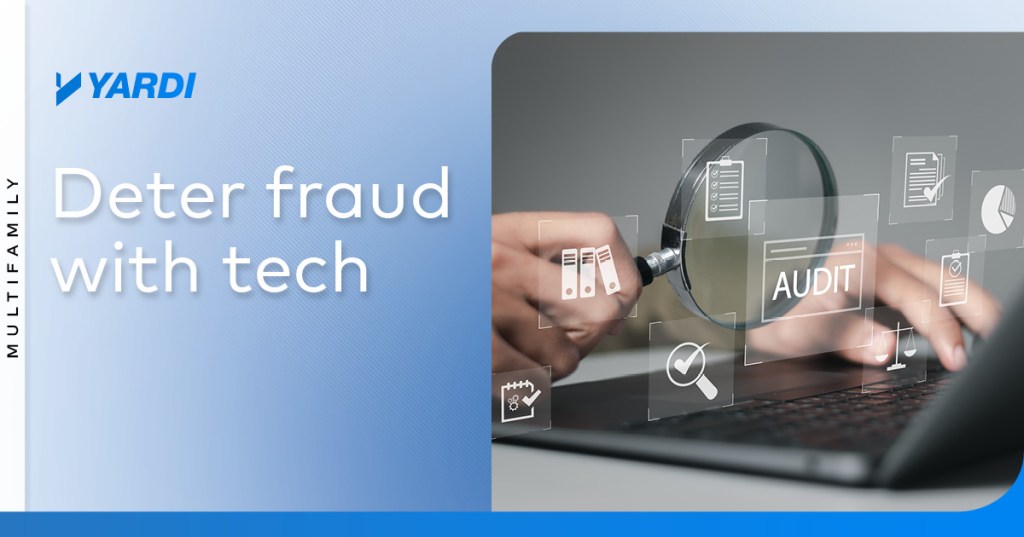Prevent Fraud + Bad Debt
How Tech Can Protect Communities
The multifamily industry has long since been a lucrative target for fraudsters, and recent years have only made it worse. While online leasing has streamlined the leasing journey for many applicants, it has also opened the door for bad actors to manipulate the system, resulting in unpaid rent and bad debt for multifamily owners. The […]

